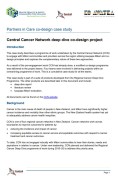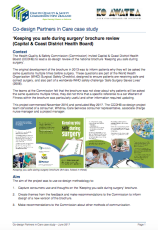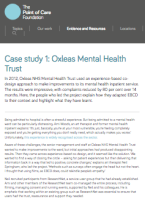Co-design for healthcare providers
Key points about co-design
- Co-design is a method for partnering with patients, consumers and service users right from the beginning of service planning to ensure a closer alignment of service delivery with what will work best for service users.
- Find information on how co-design processes, case studies and resources.
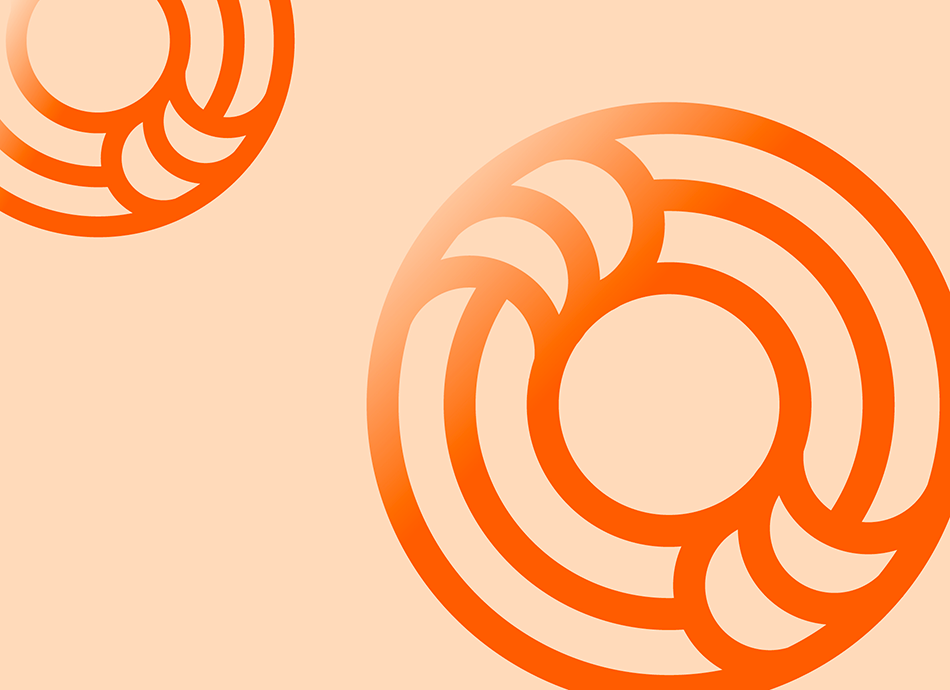
First developed in the UK about 15 years ago, the concept of co-design, (also sometimes called co-production, co-creation or experiential co-design) has been adapted and used to assist with designing health services in New Zealand since 2008.
Traditionally, groups of managers, clinicians and service planners sit down and review or plan a new service based on their experience and expertise, and as planning progresses, patient groups and the sector may be consulted.
Experience-based co-design is a method for turning this around and partnering with patients, consumers and service users right from the beginning of service planning to ensure a closer alignment of service delivery with what will work best for service users.
The following tips are extracted from an article on the Ko Awatea(external link) website.
1. See co-design as part of a wider process. The first part of the process is to identify a challenge or opportunity for improvement. The second part is to engage consumers, family and staff, and the third part is to capture their experiences of the care journey. The fourth part is to create new understanding of the care journey and the emotions associated with it by learning from the experiences captured. The fifth part of the process is for consumers, families and staff to work together to plan and implement ideas for improvement based on their deeper understanding of the care journey. The final part is to review what difference improvements have made.
2. Take the time to explain to people why you need their involvement. People whose main role is not working in healthcare often need help to understand why you are looking at a care pathway or service and how they might contribute from their unique perspective.
3. Consider where to hold meetings. Community halls, churches and local venues are often less intimidating than the clinical environment for consumers and family members. Remember to plan meetings and discussions in advance so that everyone, especially consumers and families, can organise other things in their lives to be able to contribute.
4. Ask four or five people to work with you rather than just one person. Consumers and their family members often feel isolated and vulnerable if they are a lone voice. Remember that consumers may need to withdraw at any time because of their health conditions or other personal circumstances, which is another reason to attract more than one to help you.
5. Always let people know the outcome of the work. Even if they have only been involved for a short period of time, a thank you card with an update on the improvement is always welcomed.
6. Cherish emotions. While you will collect a range of data to understand the baseline and measure the improvement, do not lose the rich emotional data that comes through the stories and quotes gathered from consumers, family and staff. It is these that often depict the emotional journey of the care pathway and really connect with us all – they are priceless.
Read the full article(external link) by Dr Lynne Maher, Ko Awatea
An excellent New Zealand-focused Health Service Co-Design(external link) guide and website has been developed by Waitematā DHB. As this site explains, "Many service improvement projects have patient involvement but co-design focuses on understanding and improving patients’ experiences of services as well as the services themselves."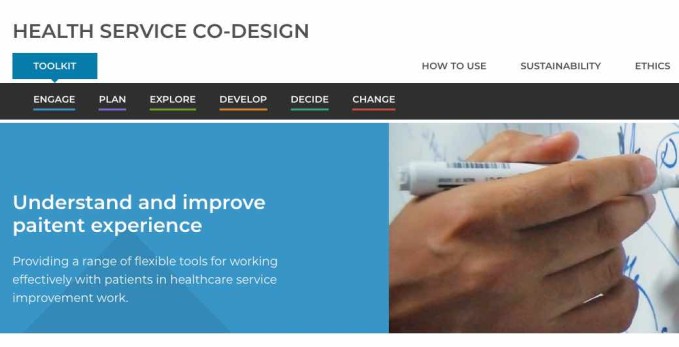
Other key resources for learning more about co-design include:
- Ko Awatea co-design projects and training(external link) Led by Dr Lynne Maher, an international expert in patient experience and co-design, Counties Manukau DHB
- Co-Design Partners in Care Programme(external link) This is a 6 to 8 month training programme run by the Health Quality and Safety Commission and based on the National Health Service Institute’s experience-based design programme. It is facilitated by Dr Lynne Maher.
- Auckland Co-design Lab(external link) This is an intersectoral initiative funded by Auckland City Council, The Treasury, Health New Zealand | Te Whatu Ora, Ministry of Education, Ministry of Social Development, Police and others.
- EBCD – experience-based co-design toolkit(external link) This toolkit includes short videos from staff and patients involved in experience-based co-design (EBCD) projects to help bring to life the successes and intense rewards of running this type of improvement project. The Point of Care Foundation, UK
Video: EBCD 1: What is experience-based co-design?
(Kings Fund, UK, 2013)
Video: Co-design: Are you there yet?
Dr Lynne Maher is the director of innovation, nurse leader and co-designer at Ko Awatea, Counties Manukau Health. She presented to participants at the Health Quality & Safety Commission's Let's talk forum on 8 March 2018, with her talk called 'Co-design: are you there yet?'
(Health Quality & Safety Commission, NZ, 2018)
Video: Hilary Boyd gives keynote address at Partners in Care Show & Tell symposium
Hilary Boyd presents on co-design at the Health Quality & Safety Commission's Partners in Care Show & Tell symposium in Wellington. She talks about work involving patients and families for the purpose of improving healthcare services.
(Health Quality & Safety Commission, NZ, 2014)
The new world of co-producing health & health care
In Dr. Maren Batalden's recent article on co-production in health and health care, she and her co-authors assert that a form of co-production already exists in health care today — in the natural give-and-take between patients and providers around treatment and care decisions; and in the assets that patients and practitioners each bring to the table. But we have yet to realise the full promise of co-production — the opportunity to optimise this “collaboration” to achieve much better health and health outcomes. In other words, when patients and providers consciously work together, toward common goals, all kinds of possibilities open up.'
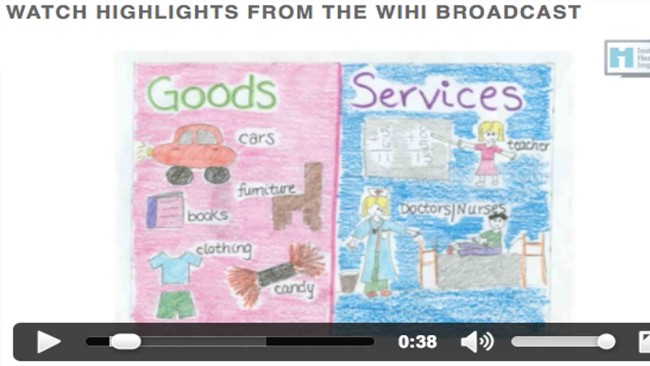 (external link) (Institute for Healthcare Improvement, US, 2014)
(external link) (Institute for Healthcare Improvement, US, 2014)
Video: Nick White and Ruth Wickens: from distress to inspiration
Nick White (consumer) and Ruth Wickens (Clinical nurse specialist, Capital & Coast DHB) give a presentation on consumer/provider co-design at the Health Quality & Safety Commission's Partners in Care Show & Tell symposium in Wellington. They discuss head and neck cancer, the benefits of patient support groups and how health professionals can learn from these support groups.
(Health Quality & Safety Commission of NZ, 2014)
Video: Graeme Norton: Consumers at the centre of health sector decision making
Graeme Norton (Chair of Hawke's Bay Health Consumer Council), gives a presentation about why the healthcare system should be looking to consumers/patients for guidance with decision making, at the Partners in Care Show & Tell symposium in Wellington.
(Health Quality & Safety Commission of NZ, 2014)
Video: Rowena Mortimer – experiences of a consumer at governance level
Rowena Mortimer (secretary of Breast Cancer Aotearoa and a cancer patient herself) gives a presentation on the experiences of a consumer representative at governance level, at the Partners in Care Show & Tell symposium. She talks about the importance of including the consumer in healthcare governance, the difficulties of recruiting cancer patients as healthcare consumers and much more.
(Health Quality & Safety Commission, NZ, 2014)
Credits: Healthify editorial team. Healthify is brought to you by Health Navigator Charitable Trust.
Page last updated:


